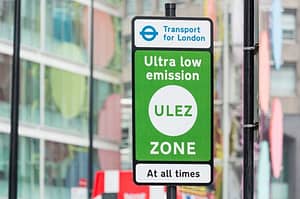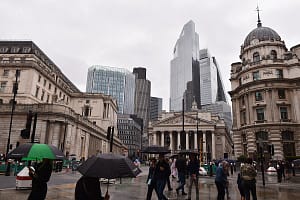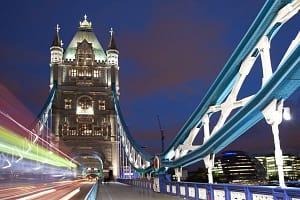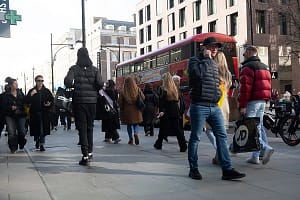
Armed police at Heathrow
An increasing level of security measures at airports has become a stressful aspect of modern air travel. And in a world where Ebola and ISIS are dominating news agendas, there’s not much chance of a relaxation of the rules.
One of the most frustrating security changes introduced in the last decade is the 100ml liquids rule.
This was a reaction to the 2006 transatlantic aircraft plot, in which terrorists based in London and Birmingham conspired to bring down planes with bombs made from liquids hidden in soft drinks bottles.
In the wake of the discovery and arrest of the would-be bombers by MI5, new rules were introduced limiting liquids to 100ml amounts.
The effect has been that many passengers have suffered the annoyance of having their perfectly harmless liquid possessions confiscated.
The scientist Richard Dawkins famously flew into a rage after having a jar of honey confiscated under the rules.
“Bin Laden has won, in airports of the world every day. I had a little jar of honey, now thrown away by rule-bound dundridges. STUPID waste,” Dawkins wrote on Twitter.
Bin Laden has won, in airports of the world every day. I had a little jar of honey, now thrown away by rule-bound dundridges. STUPID waste.
— Richard Dawkins (@RichardDawkins) November 3, 2013
But Dawkins’ dilemma could soon be solved.
New laser technology is being developed that can detect the chemical properties of liquids, gels and powders, regardless of the container they held within.
The scanners, which are able to detect the “fingerprints” of liquids in quantities of up to three litres, are seen as the next step in security technology, which could see an end to the 100ml rule as early as 2016.
The company behind the scanners is Cobalt Light Systems, an Oxfordshire based company that hopes the technology can find a range of applications beyond airport security, the Guardian reports.
Cobalt Light Systems chief executive Paul Loeffen said: “This company is not an aviation security company or a pharmaceutical company but there is this technology that can identify chemicals behind barriers and that barrier might be skin or flesh.
“It might be plastic because you are looking at something that is contained in a plastic or glass bottle. It might be paper packaging because you are interested in something which has been sent through the post. All of a sudden there is an enormous range of applications that are not being addressed by another technology.”
Now read:








Leave a Comment